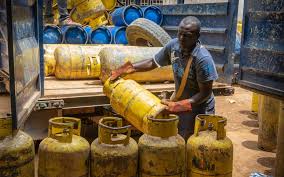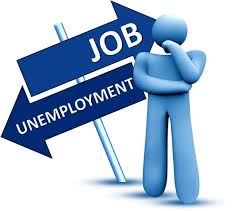The Kenyan government is relaunching its plan to distribute affordable liquefied petroleum gas (LPG) cylinders to low-income households, aiming to shift away from the failed Mwananchi Gas project. This new initiative will see a public-private partnership (PPP) model with licensed oil marketing companies (OMCs), which will work alongside the government to distribute 9.6 million 6-kg LPG cylinders.
Energy and Petroleum Regulatory Authority (EPRA) Director-General Daniel Kiptoo explained that involving the private sector will enhance distribution efficiency. “This will allow them to leverage existing supply chains to distribute those cylinders,” Kiptoo noted, highlighting the importance of leveraging OMCs’ infrastructure to avoid the shortcomings of previous efforts.
The government’s revamped approach seeks to address issues such as the inefficient Mwananchi Gas initiative, which launched in 2016. Despite initial optimism, the project failed due to poor accountability, defective cylinders, and logistical inefficiencies. A government audit revealed that 149,773 cylinders distributed through the program could not be accounted for, while 79,057 units were found to be faulty. The program was eventually suspended in 2019 after the government spent Ksh1.12 billion on it.
To avoid repeating past mistakes, the new plan will involve collaboration with licensed OMCs, which will match each government-supplied cylinder with their own, increasing the total number of cylinders distributed. This partnership aims to promote clean energy use while reducing reliance on charcoal and kerosene, both of which contribute to deforestation and environmental degradation.
The new approach also comes as LPG consumption in Kenya surged by 13.38% in 2024, reaching 414,861 tonnes, up from 360,593 tonnes the previous year. The growing demand for LPG has spurred the government to expedite the distribution process, ensuring more households have access to affordable and sustainable energy solutions.
With this new plan, the government is hopeful that the lessons learned from the past will lead to a more effective and sustainable LPG distribution system that can improve the lives of low-income Kenyans while also supporting environmental conservation.


















